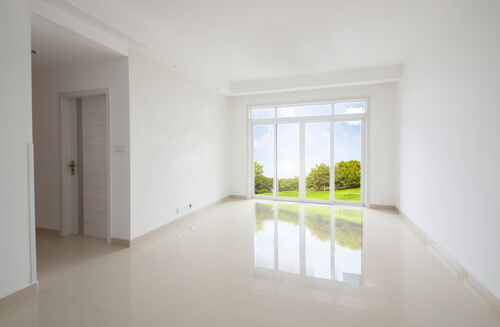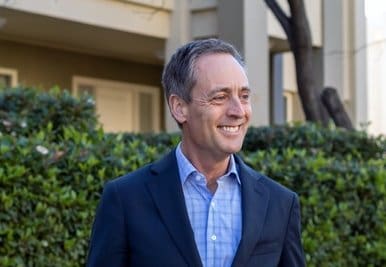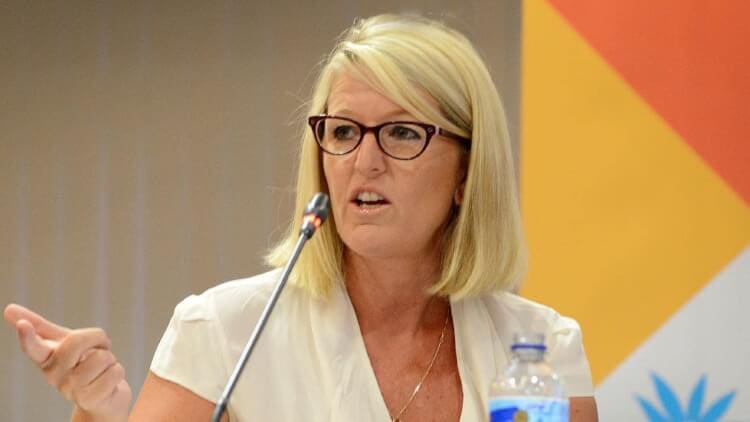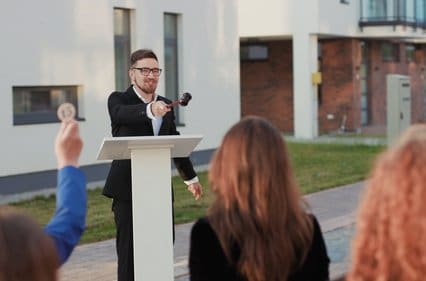As much as we are appalled at the thought of brand new apartments lying empty for years, the proposal to tax ‘ghost’ investments – first touted by Labor then slotted into this week’s budget – has a whiff of dog whistle mixed with wishful thinking about it.
Do ghost units really exist? Two stories spring to mind. Recently an estate agent told me he had been instructed to put a unit that had been bought off the plan on the market five years after the building had been completed.
It was only when he went to appraise the unit that he realised that no one had set foot in it since the day it was finished.
Then there was the time I remarked to a neighbour how good the sound insulation in our building was as I had never heard the people on the other side of the wall in the six or seven years that I had lived in my flat.
“There’s no one there, mate,” he said. “It’s empty … never been lived in.”
So we know these properties exist. In fact, according to this story from March last year, there are about 90,000 homes standing empty in Sydney at any given time, and 80-odd thousand in Melbourne.
More than that, there is a direct correlation between lower rental yields and rates of non-occupancy. If the rental yield drops below 2 per cent, the chances of homes not being occupied more than doubles.
Whatever the reason, some people would rather let a home lie empty and grow in value than rent it to literally ‘low rent’ tenants.
So what is my problem with the ghost home tax plans to fine investors $5000 for leaving residential properties empty? Surely it is better to have empty homes occupied than watch rents rocket because of a shortage of affordable housing. That is a no-brainer.
The question is, how do we differentiate between the homes that have been deliberately left empty for tax and investment reasons and those that are unoccupied for long periods for all the other reasons that might pertain?
For instance, what about the retirees who want to lock-up and leave their apartments while they go on their Bucket List world tour, but want everything to be the same when they come back in three or six months?
Then there are the people who winter in Queensland but spend their summers down here where the temperatures are less brutal.
And what about the weekender cottages that stay empty during the winter months or between school holidays?
Now, my inner Socialist is screaming “all property is theft” and telling me that anyone who owns more than one home deserves everything that’s coming to them.
The same goes for the empty nesters who leave the nest empty while they eat their way around the world on cruise ships.
But really, these people are not contributing to the housing shortage because their homes were never going to be available for rent anyway.
And then we get to the deliberate ghost home investors. How do we tell that the empty flat that has been left unoccupied deliberately from one that is empty because of lifestyle reasons?
By the way, according to the story cited above, the empty home is twice as likely to be a house than an apartment.
Water usage, or the lack thereof, is often used to identify empty properties but that can’t filter out the incidental empties from the deliberately de-populated properties.
And, by the way, this is where we come to the dog whistle element of this policy. Anecdotally, many of these empty flats are owned by rich Asians who want to get their money out of their homelands but don’t want anyone else living in their flat before they or their expensively educated offspring can move in.
Is it true and how prevalent is it? In the absence of hard facts and figures, the bigots will build their case.
So good luck, Mr Morrison. If you can find a way of punishing the greedy and helping the needy, go for your life. I just think it might be a lot less simple than it sounds.
How would you sort the deliberately empty from the merely mostly unoccupied? Or don’t you think there’s any difference? Head for the Forum or write to mail@flatchat.com.au.




